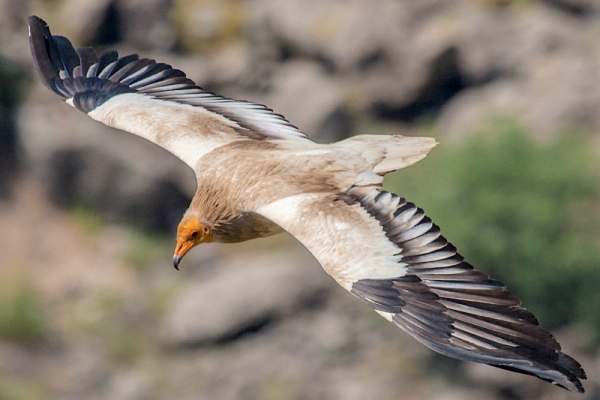A sweeping new report, unveiled at the start of a major U.N. conference on the conservation of wildlife, held in Samarkand, Uzbekistan, finds that nearly half of migratory species are in decline, from Egyptian vultures to steppe eagles to wild camels.
A sweeping new report, unveiled at the start of a major U.N. conference on the conservation of wildlife, held in Samarkand, Uzbekistan, finds that nearly half of migratory species are in decline, from Egyptian vultures to steppe eagles to wild camels.
The report is the first comprehensive assessment of the billions of migratory creatures around the globe that each year cross vast expanses of land and sea, often traveling hundreds or thousands of miles to reach their destinations. Because of their lengthy journeys, migratory wildlife pose a tough conservation challenge. “When species cross national borders, their survival depends on the efforts of all countries in which they are found,” said Amy Frankel, executive secretary of the U.N. Convention on the Conservation of Migratory Species of Wild Animals.
The new report detailed threats facing the 1,189 species listed under the convention, finding that 44 percent are now in decline, with 22 percent threatened with extinction. The biggest causes of the continued downturns are overhunting and overfishing, as well as the loss of wilderness. Warming, pollution, and invasive wildlife are also having an impact.
Read more at: Yale Environment 360
An Egyptian vulture, one of the numerous migratory animals found to be in decline. (Photo Credit: Artemy Voikhansky via Wikipedia)




